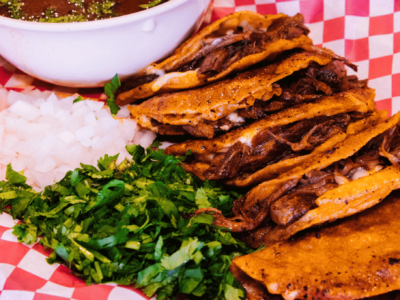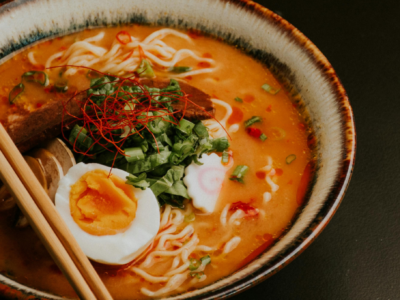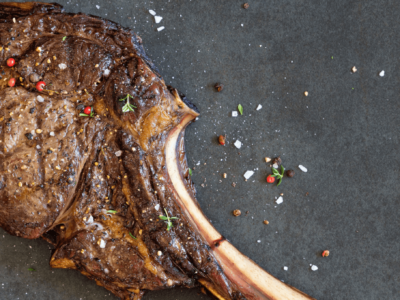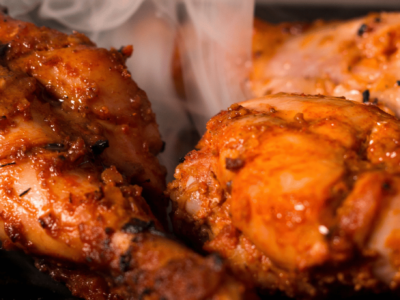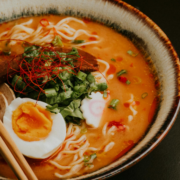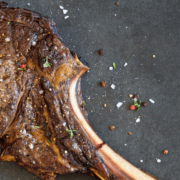We knew really little about Nagoya when we landed there – of course, we knew about its railway and Toyota museums, but we had no clue that we’d fall so hard for Nagoya food!
Aichi Prefecture’s Nagoya happens to be Japan’s 4th largest city – it’s not just a major transit zone between Osaka and Toyko but also happens to be an industrial powerhouse.
Moreover, Nagoya boasts one of the largest, not to mention the strongest, economies in Japan – after all, the city is one of the biggest manufacturers of Toyota. The city is also famous for inventing one of our favorite arcade games – pachinko!
Nagoya is the birth city of multiple significant leaders based in feudal Japan. Unfortunately, the city is usually overlooked – God knows why! But honestly, the city has so much to offer – from temples, shrines, museums, and gardens to an innovative food culture.
The local cuisine of Nagoya, Nagoya-meshi (Nagoya food), is inspired by both western and eastern Japan – the result? The local cuisine is distinctive and unusual – but at the same time, it is undoubtedly delicious.
Interestingly, it wasn’t until we reached Kyoto and started the all-elusive Japanese food tour that we found out about Nagoya’s significance in the gastronomic world. After talking to locals in Japan, we found out the three best cities people in Japan visit for food:
- Nagoya.
It does seem very funny that we had no clue about Nagoya’s reputation as a food city, considering how good the food turned out to be! The time we spent hopping from restaurant to restaurant in Nagoya was perhaps one of the best experiences we have had in Japan.
Home to some of Japan’s best food, scroll to find out what to eat in Nagoya!
Contents
But First, Is Nagoya Boring?
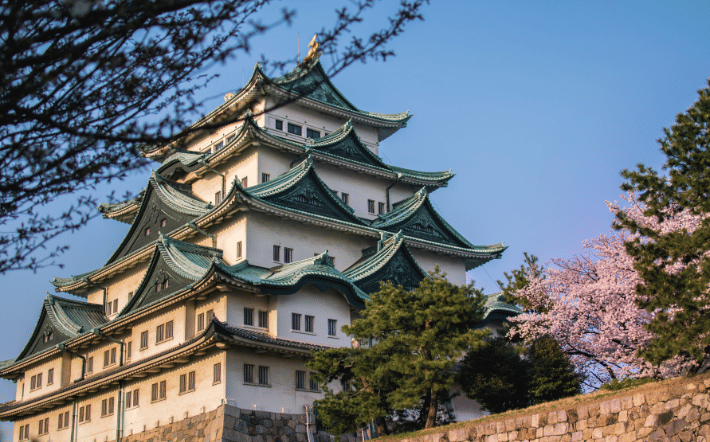
For a majority of tourists, Nagoya is typically seen as the city you travel to en route to exciting destinations. However, the city offers multiple state-of-the-art technology showrooms and museums, balanced out with Osu Kannon Temple, a famous Buddhist temple, and Atsuta Shrine, one of Japan’s important Shinto Shrines, set within the center of the city.
As a result, Nagoya is typically used by tourists and visitors as a base day for their day trips. That means people visiting Nagoya see the city as a convenient spot in central Japan for connecting local trains, flights, and Shinkansen bullet trains.
Moreover, Nagoya is one of the largest trading ports in Japan, the largest train station in the world (in terms of floor space), and one of the biggest ship ports in Japan. Nagoya is a major trading and transit hub in Japan.
As a vital point of contact both for international exposure and within Japan, Nagoya food typically uses influences from different regions of Japan and other countries to develop its own authentic identity – through its cuisine.
We have already discussed how the local cuisine in Nagoya has its own name – Nagoya-meshi, the food that fuels the city’s hardworking people.
Additionally, the food here is uniquely characterized as soul food. It’s basically comfort food known for balancing the sweetness in spicy, original flavors, unlike those found in Tokyo or Kyoto.
Also, with a solid affinity for the famous miso, the food here is so good that we are definitely planning to go back soon!
Nagoya Food Guide: 7 Best Local Specialties That You Must Try In Nagoya

To cut a long story short, we are in love with Nagoya food. It was very hard to list the 7 best local specialties to try in Nagoya – but we could do so! Here we go!
- Miso Katsu,
- Hitsumabushi,
- Kishimen,
- Miso Nikomi Udon,
- Doteni/Doteyaki,
- Miso Oden and
- Tebasaki.
1. Miso Katsu:
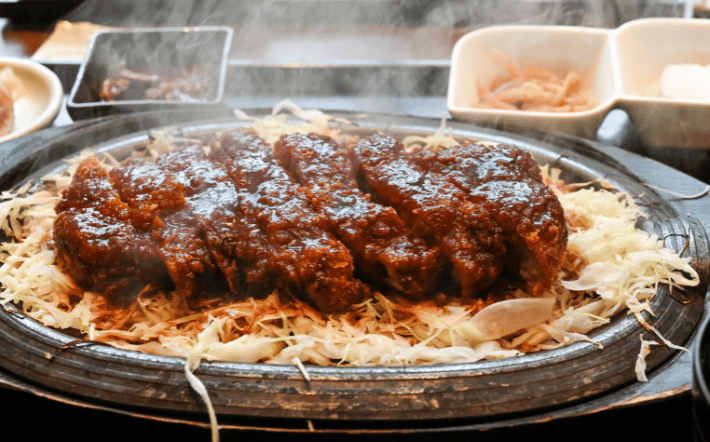
Okay, so let’s get this straightened out – the thing about Nagoya food is that you will find miso everywhere! People here love miso.
While miso is very popular across Japan, it is Nagoya, where you will find multiple local dishes made with miso – from oden to noodles to hot pots.
In fact, after spending a few days in Nagoya, we were expecting locals to spread some miso paste on toast and eat the same for breakfast. But then we realized that the ogura red bean toast is a popular local specialty breakfast here.
Coming back to miso, there were so many options, but we opted to try out Nagoya’s best miso specialty – Miso Katsu, a local dish where miso meets deep-fried deliciousness.
Typically, the dish features tonkatsu pork cutlets coated with panko crumbs and deep-fried to perfection. Instead of dousing the cutlets with the basic brown tonkatsu sauce, the cutlets are doused with a red sauce made with miso. The cutlets are then served with finely sliced pieces of cabbage and a bed of rice.
We loved the widely popular miso sauce – it tasted somewhat like an intense BBQ sauce. It was earthy, thick, and had just the right amount of sweetness.
In fact, the sauce is so popular in Nagoya that you can purchase bottles of this tasty sauce in supermarkets, and that too as souvenirs.
2. Hitsumabushi:
Aichi Prefecture is not just home to industrial powerhouse Nagoya – it is also the biggest producer of unagi or freshwater eel. As a result, we expected to come across at least one local eel dish.
Of course, we weren’t disappointed, considering we fell in love with yet another local dish in Nagoya.
We are talking about grilled eel or Hitsumabushi. Yes, it is a must-eat when you visit Nagoya since the dish was first cooked during the Meiji era.
Locally, the eel is first slit from the middle, and then the whole eel is grilled at the same time. Once the eel is grilled, it is slathered with a thick, sweet soy sauce, which is ideal for enhancing the natural flavor of the eel. The grilled eel is usually served in a wooden bowl over a bed of rice.
Traditionally, locals used to eat this dish in four steps:
- Divide the meat into four parts. Then, eat the first portion as it is.
- Eat the second portion with different condiments, such as Negi green onions, dried nori seaweed, and wasabi, to enhance your taste.
- Eat the third portion with other condiments like hot broth or tea poured over the same – it’s like ochazuke, that is, soupy rice.
- Lastly, eat the fourth portion in any way you want – whatever floats your boat.
This method of eating grilled eel is an instance of the city’s local, deeply set culinary traditions.
3. Kishimen:
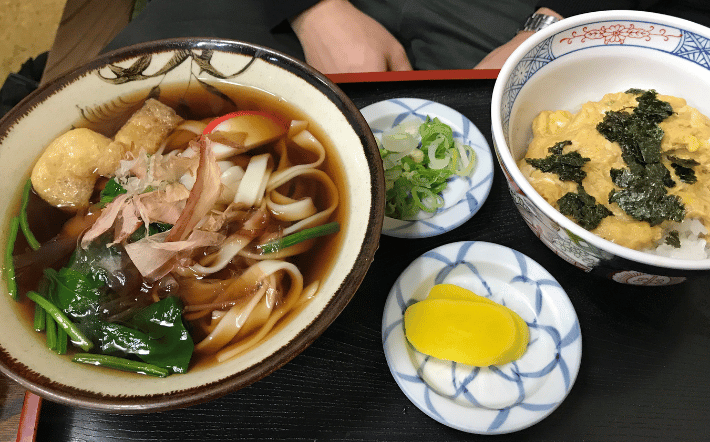
Kishimen is Nagoya’s most popular local noodle dish! And we love noodles. These noodles were unique and our favorite – flat, thick, and characteristically smooth and soft.
Popularly consumed since the Edo period in Nagoaya, Kishimen is a cross between udon noodles and fettuccine pasta – the perfect mix of Kansai and Kanto styles.
It is one of Nagoya’s most delicious and affordable meals, served typically like soba or udon noodles in a bowl of seafood-based, hot broth.
Moreover, the broth for Kishimen is usually infused with a rich-flavored soy sauce that is enhanced with a subtle sweetness, thanks to sweet sake.
Typically, it is topped with boiled spinach, fried tofu (abura-age), steamed fish cakes (kamaboko), and katsuobushi bonito flakes.
You can eat these noodles either cold or dip them in some sauce. Then, you will also come across restaurants that use these noodles instead of pasta and serve the same in Italian-style sauce.
4. Miso Nikomi Udon:
We told you in the beginning that people in Nagoya love miso! If you translate miso nikomi udon, it literally means udon noodles simmered in miso sauce. This is definitely not a surprise, considering it is one of Nagoya’s favorite flavors.
Moreover, restaurants typically serve these noodles in a clear broth or even with Japanese curry occasionally.
However, this Udon variation uses a salty, strong, red miso paste called haccho-miso, which is made from soybeans without using koji rice.
It is believed that Yamanashi Prefecture’s hoto noodles inspire these noodles. These udon noodles are extra thick – locals half-boil them to retain their al dente, chewy texture and serve them in earthenware pots.
Hearty and filling, you can only expect these noodles to be full of several toppings such as negi green onions, eggs, fish cakes, shiitake mushrooms, chicken, and mochi rice cakes.
All of these, not to forget, the extra thick udon noodles are simmered together in a delicious, rich broth containing miso, kelp, sweet sake, thick soy sauce, and bonito flakes.
The best part? These noodles are one of the best soul foods – comforting, warm, and delectable.
5. Doteni/Doteyaki:
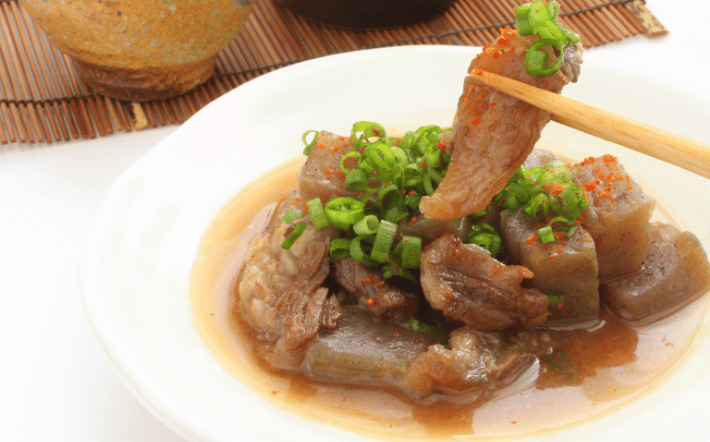
Doteni & Doteyaki is yet another dish that made us fall in love with Nagoya food – and even this one use haccho-miso.
Doteni or Doteyaki is basically beef tendon simply stewed in miso sauce. But when the same stewed beef is served over rice, the dish is no longer called Doteni or Doteyaki – instead, it is called Dotemeshi.
The dish first came about from the basic activity of using a pot’s (dote) embankment for mixing water and haccho premium miso for making miso oden.
Then, the dish is simmered slowly for a long, long time with sweet sake (mirin) and miso. By this time, the meat and vegetables become tender while infused with a strong miso flavor.
It can match well with a glass filled with rich sake. As a result, doteni is one dish that you will come across at Nagoya’s izakayas.
Moreover, this dish has also inspired the famous miso katsu. Originally, tonkatsu pork cutlets were put on skewers and then dipped into a pot.
Additionally, this was one of the most common dishes of the Taisho period. Currently, this is one of the major examples of fantastic local cooking in Nagoya.
6. Miso Oden:
Regular oden, made with eggs, fish cakes, meat, and veggies, and then simmered in bonito broth and seaweed over a long period of time, is very popular in Japan. Locals fish out individual pieces of oden and eat them with a light soup called kantodaki-oden.
Interestingly, people in Nagoya have been eating miso oden since Japan’s Muromachi period – the miso version is even more popular.
In this version, the red miso is simply stewed as a part of the broth. Just like basic oden, you can purchase miso oden from normal convenience stores in Nagoya, especially during the winter months.
7. Tebasaki:
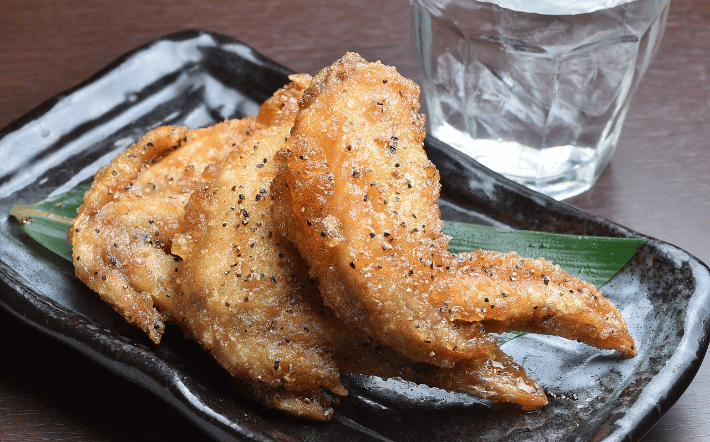
Tebasaki is signature chicken wings – and we love chicken wings! These are seasoned first and then deep-fried in Nagoya – but there’s a twist.
These wings are fried without any batter coating. It is a common drinking snack in this region – perfectly salty, crispy, and spicy!
Widely popular in Nagoya, you can enjoy these crispy wings at izakayas with a glass of beer or at specialty chicken stores called yakitoriya.
People in Nagoya have been trained typically to eat these wings with elegance, and that too from a very young age. The trick is to eat these by crunching simply on the meat’s cartilage.
Moreover, locals used their chicken wings for soup broths, but people in Nagoya have been frying these wings for years now simply because they find it cheap.
Moreover, Tebasaki is typically double-fried first, basted with spicy sauce on each side, seasoned with some salt and pepper, and served with a topping of sesame seeds.
You can just enjoy some tebasaki with a cold beer at any izakaya. You will see that it’s an ideal snack to drink in Nagoya.
Bon Appétit!
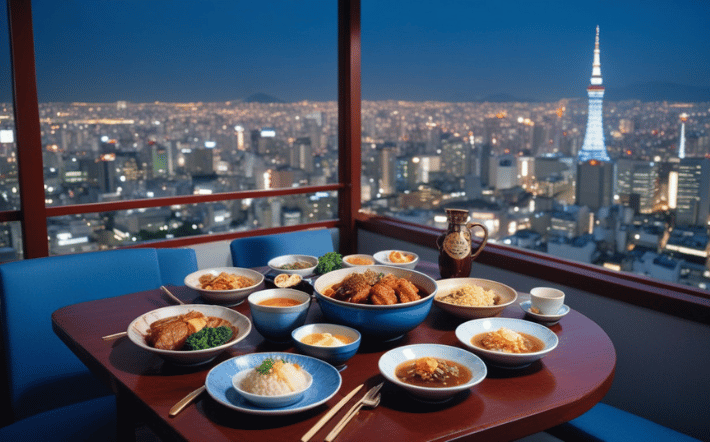
With a very generous infusion of chili and miso, Nagoya food is certainly very delicious since it uses multicultural elements along with local produce for creating unique and signature dishes.
While Nagoya is largely overshadowed by Osaka and Tokyo, it is also true that the city is an industrial powerhouse.
As a result, there is no point underestimating the city in terms of both local Nagoya-meshi and even its economic power, which largely fuels most locals here.
Also read

